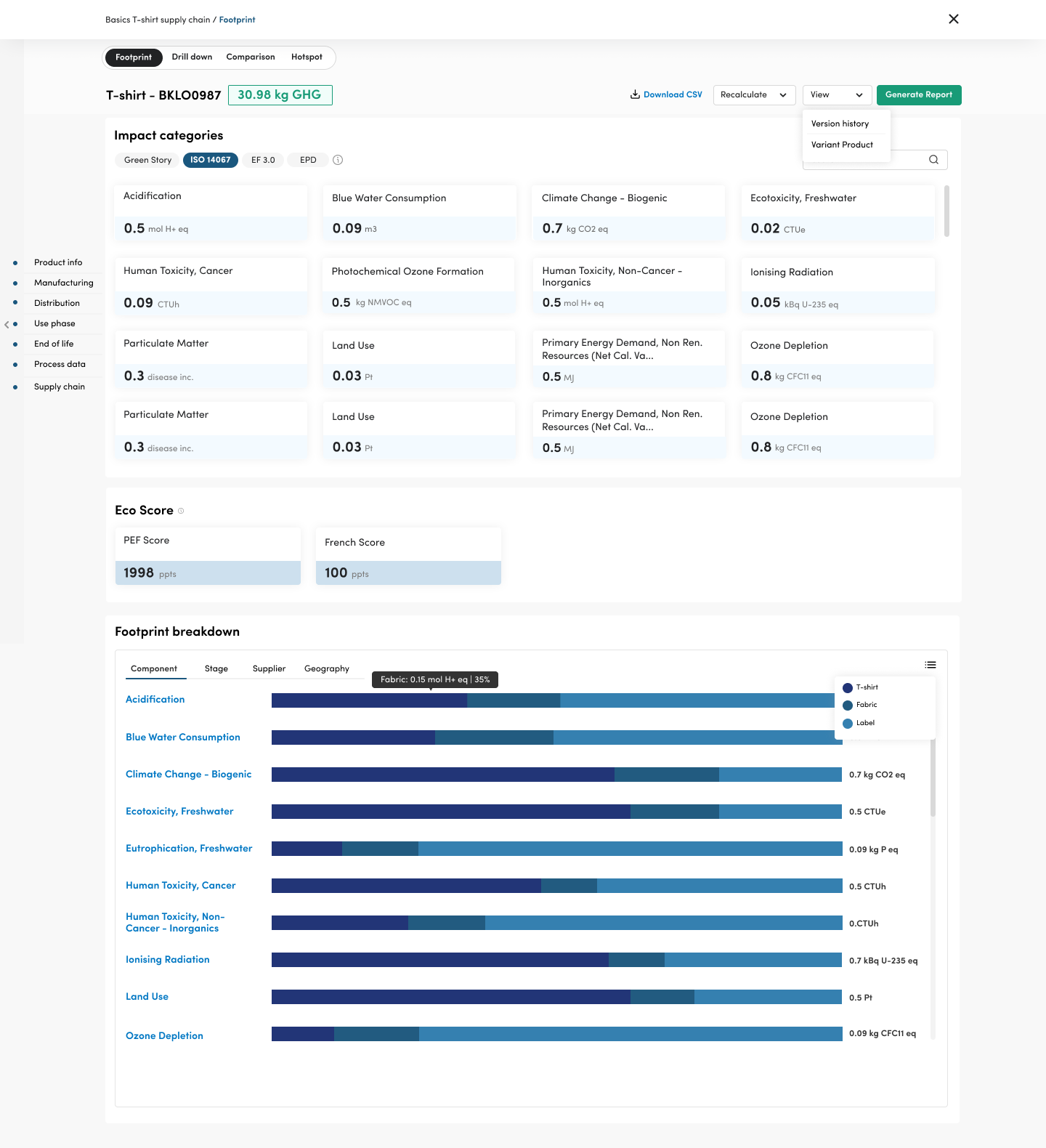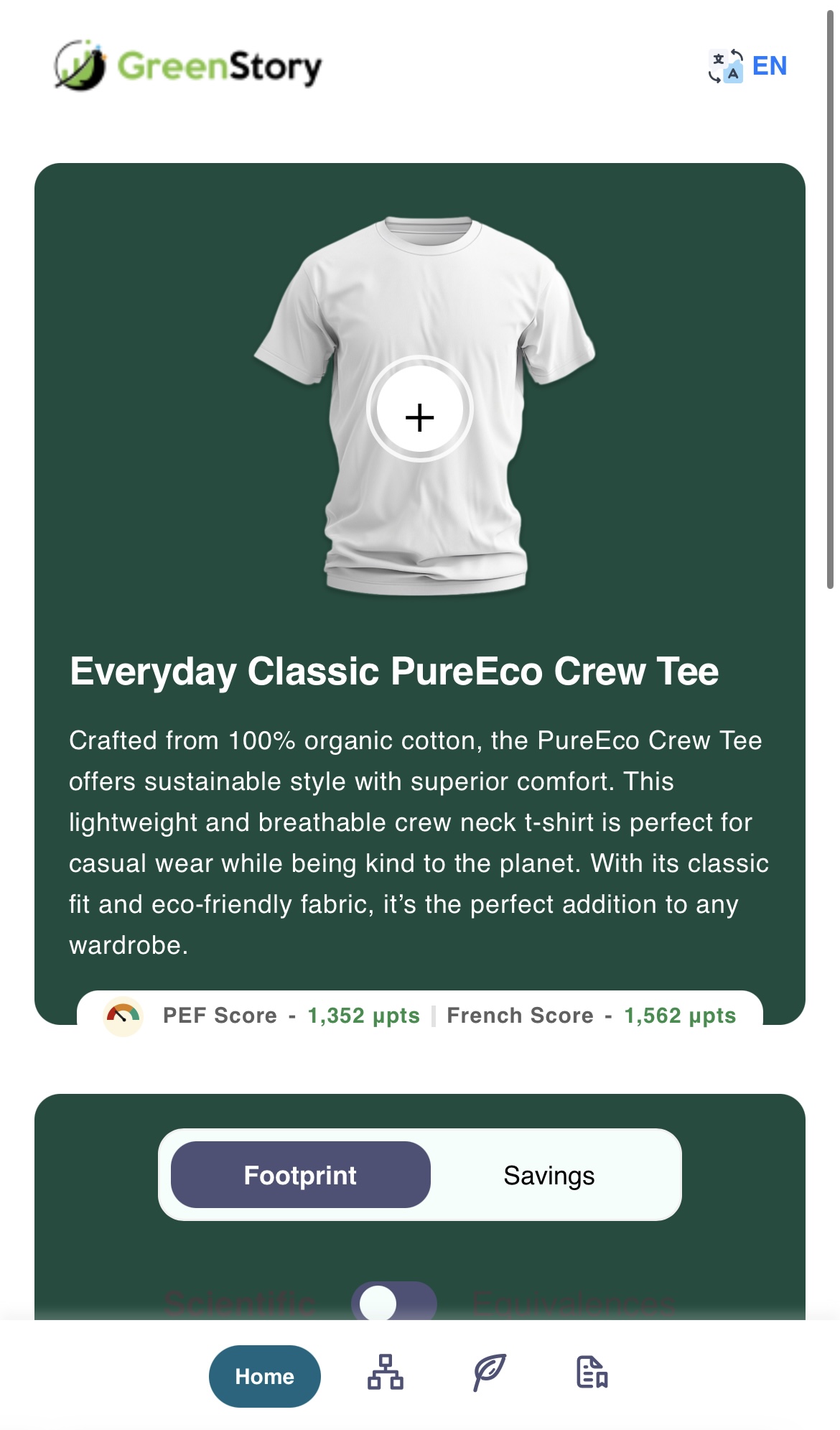First Official Environmental Label Enforced by Law in EU: What France’s Environmental Cost Label Means for Fashion
.jpg)
It’s time! From October 1, 2025, France officially enforces the Environmental Cost (Coût Environnemental) label for textiles, a regulation born from the Climate & Resilience Law (Loi Climat & Résilience) and anchored in the Affichage Environnemental framework. For brands and manufacturers, this is no longer a distant policy discussion. It is a live compliance requirement that determines how products will be displayed, compared, and ultimately judged in one of Europe’s largest consumer markets. As per the timeline, by October 2026, if brands do not calculate and publish their scores, third parties, including retailers and consumer apps will be permitted to do so on their behalf, using conservative defaults that often penalize the result.This landscape makes understanding and preparing for the Environmental Cost essential.
At its core, the metric is built on ISO 14040/44 compliant Life Cycle Assessment (LCA) methodologies and aligned with the European Product Environmental Footprint (PEF) framework. It consolidates impacts across 16 categories, from global warming potential (CO₂e) and water footprint to resource depletion, eutrophication, acidification, toxicity, and microplastic release. Beyond these indicators, it also integrates modifiers such as durability, repairability, and traceability, giving a holistic, lifecycle-based view of a garment’s environmental performance.

Green Story has been pioneering LCAs for the larger part of a decade, understanding the intricates of each regulation. Once the material type is entered, the system automatically derives secondary environmental factors such as microfibre release, emotional durability, and other relevant modifiers. The system efficiency, with our proprietary database, has been built over years to be able to give this level of data population. We follow the latest calculation methodologies from Ecobalyse, including using the recommended weightings for microfibre release to ensure accurate footprint estimation.

.png)
Beyond these primary inputs, use phase and end-of-life data across all 11 Eco-Score sub-categories are also required. Our platform allows brands and manufacturers to set up these parameters from their product profiles, after which the system calculates the full lifecycle footprint. Mandatory data points are automatically integrated, and secondary environmental factors like microfibre shedding are populated using verified secondary datasets, streamlining the calculation process.
Once completed, the final Eco-Score is published via APIs to the Ecobalyse system, ensuring regulatory compliance.
We don’t end the “story” there. Our platform also provides the opportunity to create DPPs as shown below, with these scores integrated, enabling transparent communication of environmental impact to consumers and stakeholders.

In short: the Environmental Cost is here, and readiness is no longer optional. Let's work towards getting there, together, with green story with you in every step of the way.
